Art Therapy for Children: Fostering Creativity, Emotional Healing, and Personal Growth
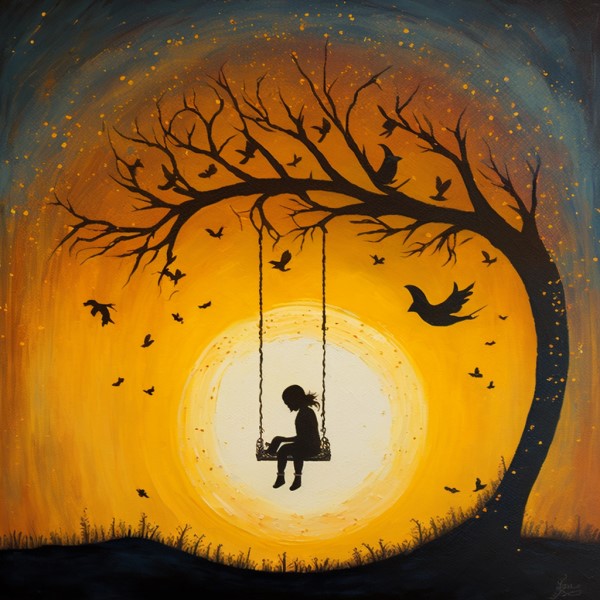
Art therapy, an innovative and evidence-based approach to mental health care, has been increasingly recognized for its effectiveness in helping children foster creativity, emotional healing, and personal growth. This integrative and holistic form of therapy combines the creative process with psychological theory and clinical practice, offering children a unique and powerful way to express themselves, cope with challenges, and explore their emotions. Let's delve into the world of art therapy for children, examining its benefits, techniques, and practical applications.
What is Art Therapy for Children?
Art therapy is a mental health profession that integrates the creative process with psychological theory and clinical practice to address emotional, cognitive, and social challenges. In the context of children, art therapy offers a non-verbal, age-appropriate, and engaging way for them to explore their feelings, develop self-awareness, and cope with various life challenges.
Art therapists are trained professionals with a background in both art and therapy, often holding a master's degree or higher in art therapy or a related field. They work with children in various settings, such as schools, hospitals, mental health clinics, and private practice, tailoring the therapeutic approach to each child's unique needs and abilities.
Having said that, some of the theraputic benefits of creating art can be achieved without the aid of a trained professional.
If you're considering providing art therapy for a child, I recommend sitting down with a professional art therapist first (many offer free first time sessions) to understand the services they offer.
Benefits of Art Therapy for Children:
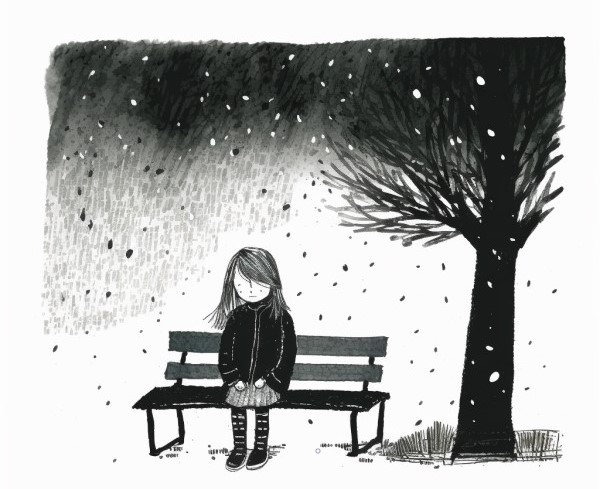 Art therapy offers numerous benefits for children, including:
Art therapy offers numerous benefits for children, including:
-
Emotional Expression: Art therapy provides children with a safe, non-verbal means of expressing their emotions and thoughts, which can be particularly beneficial for those who struggle with verbal communication or are experiencing intense emotions.
-
Emotional Regulation: By engaging in the creative process, children can learn to identify, understand, and manage their emotions more effectively, fostering emotional regulation and resilience.
-
Stress Relief: The act of creating art can be a calming and relaxing experience for children, helping to reduce stress, anxiety, and tension.
-
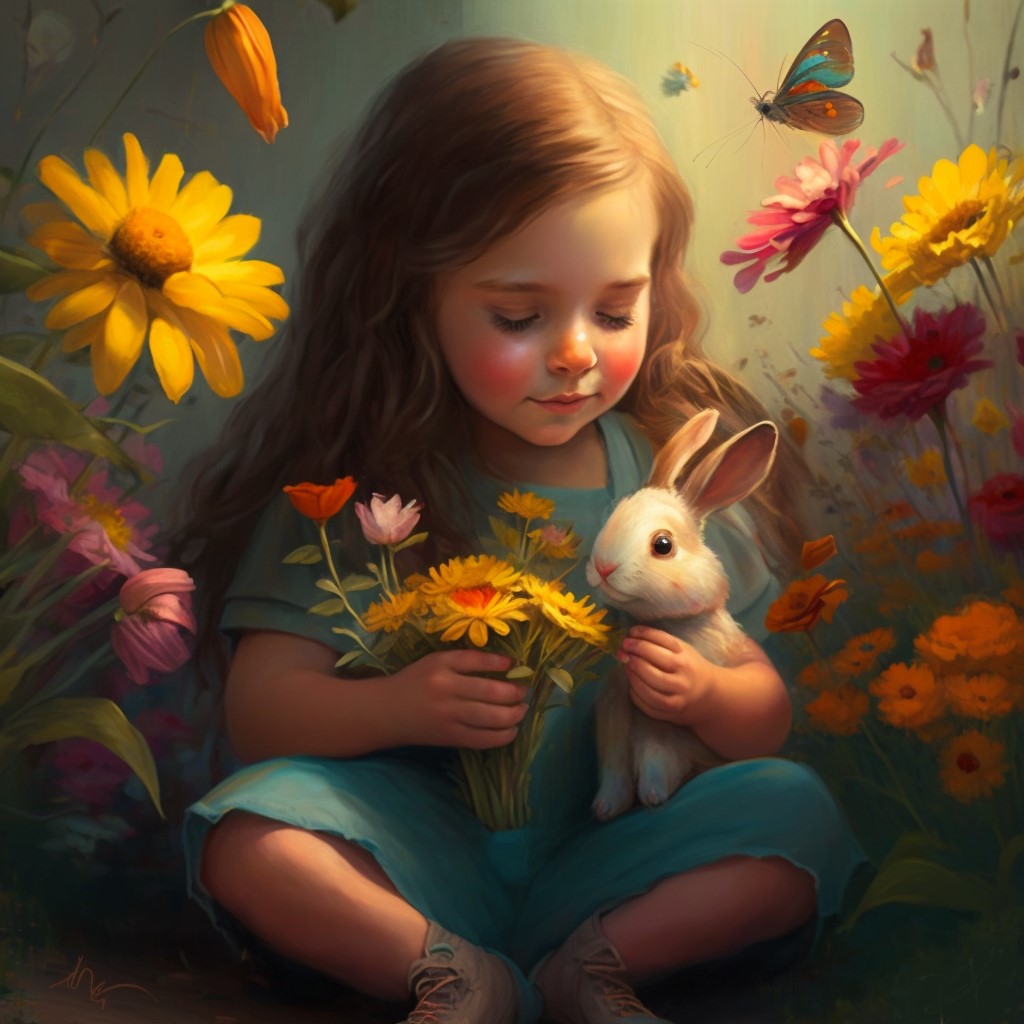 Self-Esteem and Confidence: As children explore their creativity and develop new artistic skills, they can experience a sense of accomplishment and increased self-esteem.
Self-Esteem and Confidence: As children explore their creativity and develop new artistic skills, they can experience a sense of accomplishment and increased self-esteem. -
Social Skills and Empathy: Group art therapy sessions can help children improve their social skills, learn to cooperate with others, and develop empathy and understanding.
-
Cognitive and Motor Skills: The creative process involved in art therapy can help children enhance their cognitive, fine motor, and problem-solving skills.
-
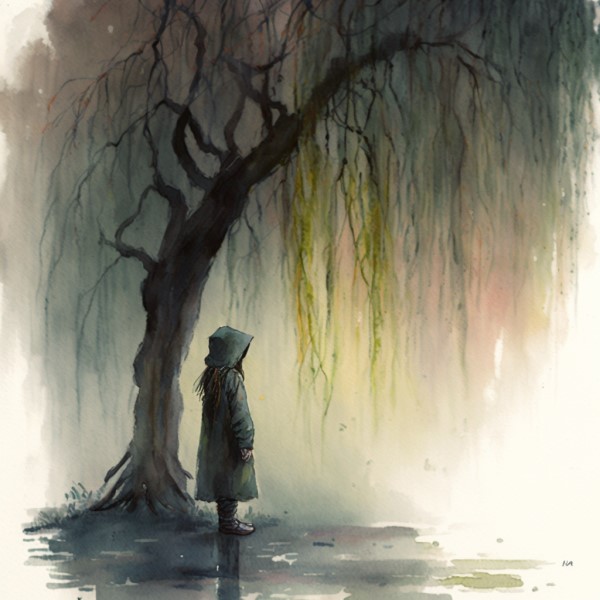 Trauma Recovery: For children who have experienced trauma, art therapy can provide a safe and supportive space for them to process their experiences, express their emotions, and begin the healing process.
Trauma Recovery: For children who have experienced trauma, art therapy can provide a safe and supportive space for them to process their experiences, express their emotions, and begin the healing process.
Techniques and Applications in Art Therapy for Children:
Art therapy for children can involve a wide range of techniques and materials, depending on the child's age, needs, and interests. Some common art therapy techniques and applications include:
-
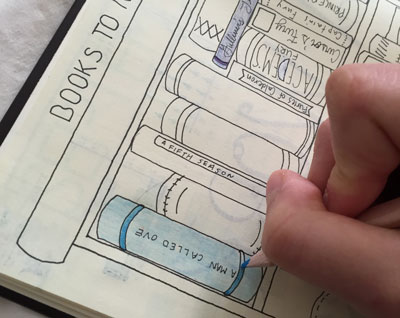 Drawing and Painting: Motivating children to illustrate or use colors to depict their emotions, recollections, or life events can aid them in articulating and navigating their feelings in a secure and imaginative manner.
Drawing and Painting: Motivating children to illustrate or use colors to depict their emotions, recollections, or life events can aid them in articulating and navigating their feelings in a secure and imaginative manner. -
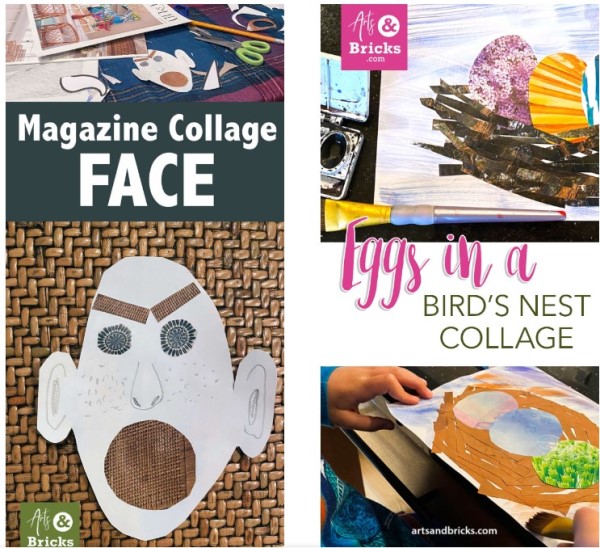 Collage: Creating collages with various materials, such as magazine clippings, photographs, and fabric, can help children explore their identity, emotions, and experiences.
Collage: Creating collages with various materials, such as magazine clippings, photographs, and fabric, can help children explore their identity, emotions, and experiences. -
Sculpture and Clay Work: Engaging modeling materials can offer a tangible and sensory encounter for children, enabling them to convey their feelings through physical actions and hone their dexterity.
-
Printmaking: Printmaking techniques, such as stamping or monoprinting, can offer children a unique and engaging way to explore patterns, textures, and emotions.
-
Storytelling and Narrative: Integrating storytelling and narrative elements into art therapy can help children develop their communication skills, process their experiences, and gain new perspectives on their challenges.
-
Mindfulness and Relaxation
: Integrating mindfulness and relaxation techniques into art therapy sessions can help children develop greater self-awareness, emotional regulation, and stress reduction skills.
-
Group Art Therapy: Engaging in group art therapy sessions can provide children with opportunities to collaborate, learn from their peers, and develop social skills and empathy.
-
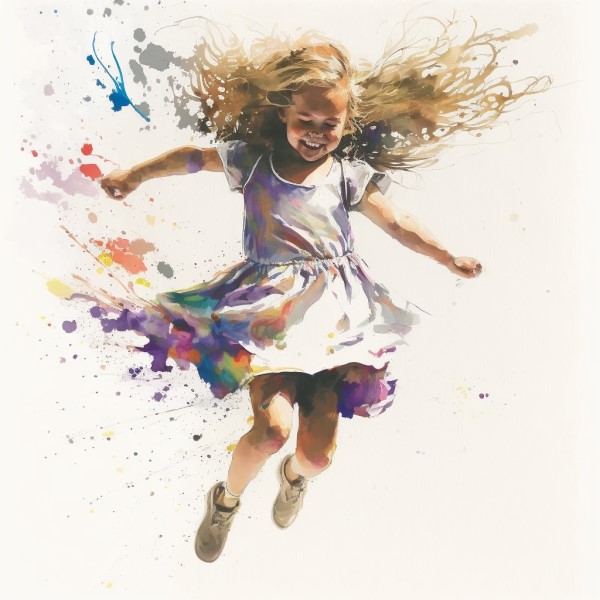 Expressive Arts Therapy: Combining various art forms, such as visual arts, music, dance, and drama, can offer a multidimensional approach to addressing children's emotional, cognitive, and social needs.
Expressive Arts Therapy: Combining various art forms, such as visual arts, music, dance, and drama, can offer a multidimensional approach to addressing children's emotional, cognitive, and social needs.
Getting Started with Art Therapy for Children:
If you believe your child could benefit from art therapy, consider the following steps:
-
Seek a Qualified Art Therapist: Look for a professional who holds a master's degree or higher in art therapy or a related field and has experience working with children. The American Art Therapy Association (AATA) offers a directory of registered art therapists that you can use to find a qualified professional in your area.
-
Discuss Your Child's Needs: Before starting art therapy, have a conversation with the art therapist about your child's unique needs, challenges, and interests. This will help the therapist tailor their approach to best support your child.
-
Establish a Safe and Supportive Environment: Work with the art therapist to create a safe, supportive, and non-judgmental space for your child to engage in the creative process and express their emotions.
-
Encourage Your Child's Participation: Encourage your child to actively participate in art therapy sessions, explore new materials and techniques, and share their thoughts and feelings with the therapist.
-
Communicate and Collaborate: Maintain open lines of communication with the art therapist, discussing your child's progress, concerns, and any adjustments that may be needed to their therapeutic approach.
-
Be Patient and Supportive: Art therapy is a process that takes time and patience. Be supportive of your child's journey and trust in the expertise of the art therapist to guide them toward emotional healing and personal growth.
Art therapy offers a unique, engaging, and effective approach to addressing the emotional, cognitive, and social needs of children. Through creative expression and the guidance of a qualified art therapist, children can develop self-awareness, emotional regulation, and coping skills that will serve them throughout their lives. By seeking out art therapy for your child, you are providing them with an invaluable opportunity to grow, heal, and thrive.
